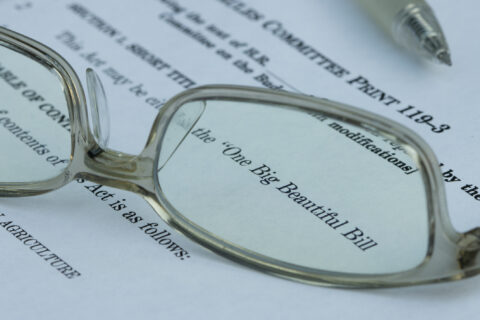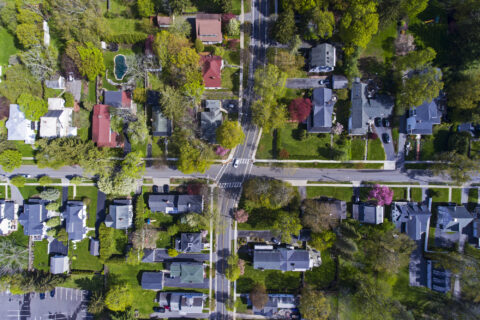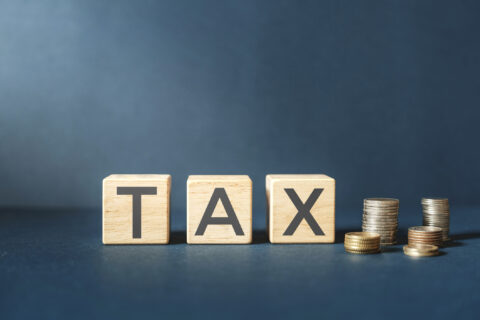In the State and Local Fiscal Recovery Funds (SLFRF) final rule, the U.S. Department of Treasury addressed outsized complexities for small local government grantees under the program by offering a standard allowance amount of 10 million dollars for lost revenue instead of the more complicated but precise calculation geared more for large cities with the largest grants. This allowed local governments to either claim a standard amount of revenue loss or complete a full revenue loss calculation. The rule’s language also provided that if local governments selected the standard allowance option, they could use that amount for “government services.” This option was beneficial for many smaller communities that may have been struggling with either their revenue loss calculation or what projects to spend their State and Local Fiscal Recovery Funds (SLFRF) dollars on.
Spending on “government services” includes any service traditionally provided by a local government, opening many more pathways for local governments to find ways to utilize SLFRF dollars. Arguably, one of the most useful ways this money can be used is to meet the non-federal cost-share or matching requirements of other federal programs, limited to certain exceptions*. In other words, if a government elected the standard allowance for lost revenue, they could leverage that money for their cost-share responsibility or matching requirements of many other federal programs. With new Bipartisan Infrastructure Law (BIL) grant opportunities rolling out, SLFRF dollars can be seen as an opportunity to maximize federal investments in your community.
Although the Treasury announced a deadline for choosing the standard deduction, many small grantees were either unaware of the new option for revenue loss or the deadline. Before the reporting deadline on April 30, 2022, the Treasury issued the SLFRF Project and Expenditure Reporting Guide. The guide stated local governments needed to make a one-time, irrevocable decision on whether to select the standard allowance on the first filing for Non-Entitlement Units of Local Government on April 30, 2022.
NLC heard from many state leagues and members that smaller communities were caught unaware but later wanted to select that option. In response to the feedback, NLC shared these concerns with the Treasury and asked them to reconsider and make a more informed decision regarding the selection of the standard allowance.
Treasury heard our feedback and has begun informing local governments that missed the deadline to select the standard allowance that they may change to the standard deduction in their next report to Treasury. The latest version of the SLFRF Project and Expenditure Reporting Guide—version 3.1, released in July 2022—reflects this effort and states that based on “feedback,” the Treasury has decided to allow local governments to make an election to utilize the standard allowance in recipients next filing. The SLFRF Project and Expenditure Reporting Guide states, “if a recipient previously elected to calculate revenue loss or elected the standard allowance but would like to update that election, Treasury’s Portal will allow recipients to supersede their prior election.”
NLC appreciates the Treasury’s thoughtful and common-sense resolution to a significant problem impacting many small cities and towns. This is a win for local governments nationwide, especially with the leverage this money can provide for cost-matching federal programs and opportunities (such as through BIL). When your municipality files its next SLFRF report, consider electing to take the standard allowance. If your city has further questions about how to do this, please contact your state municipal league or NLC at advocacy@nlc.org
*SLFRF funds may not be used as the nonfederal share for purposes of a state’s Medicaid and CHIP programs because the Office of Management and Budget has approved a waiver as requested by the Centers for Medicare & Medicaid Services pursuant to 2 CFR 200.102 of the Uniform Guidance and related regulations. Additionally, SLFRF funds can be used for some infrastructure projects but may not be eligible for all federal opportunities through BIL or other infrastructure programs. Generally, water and broadband projects are more likely to be eligible than transportation.








